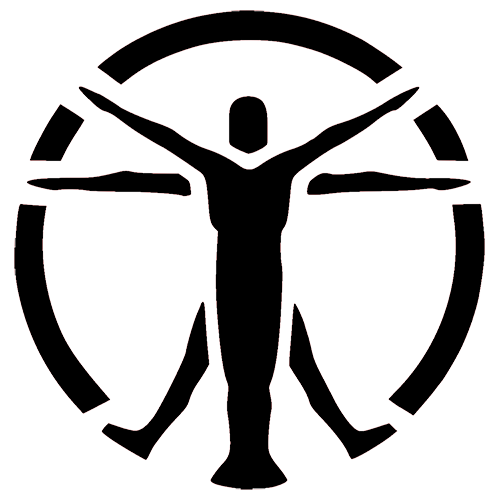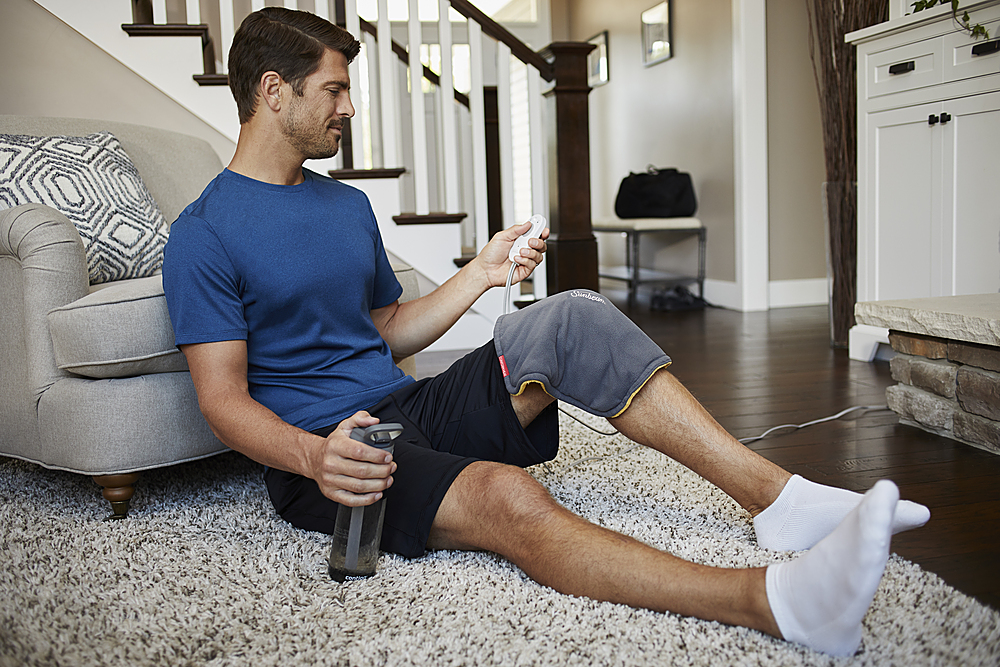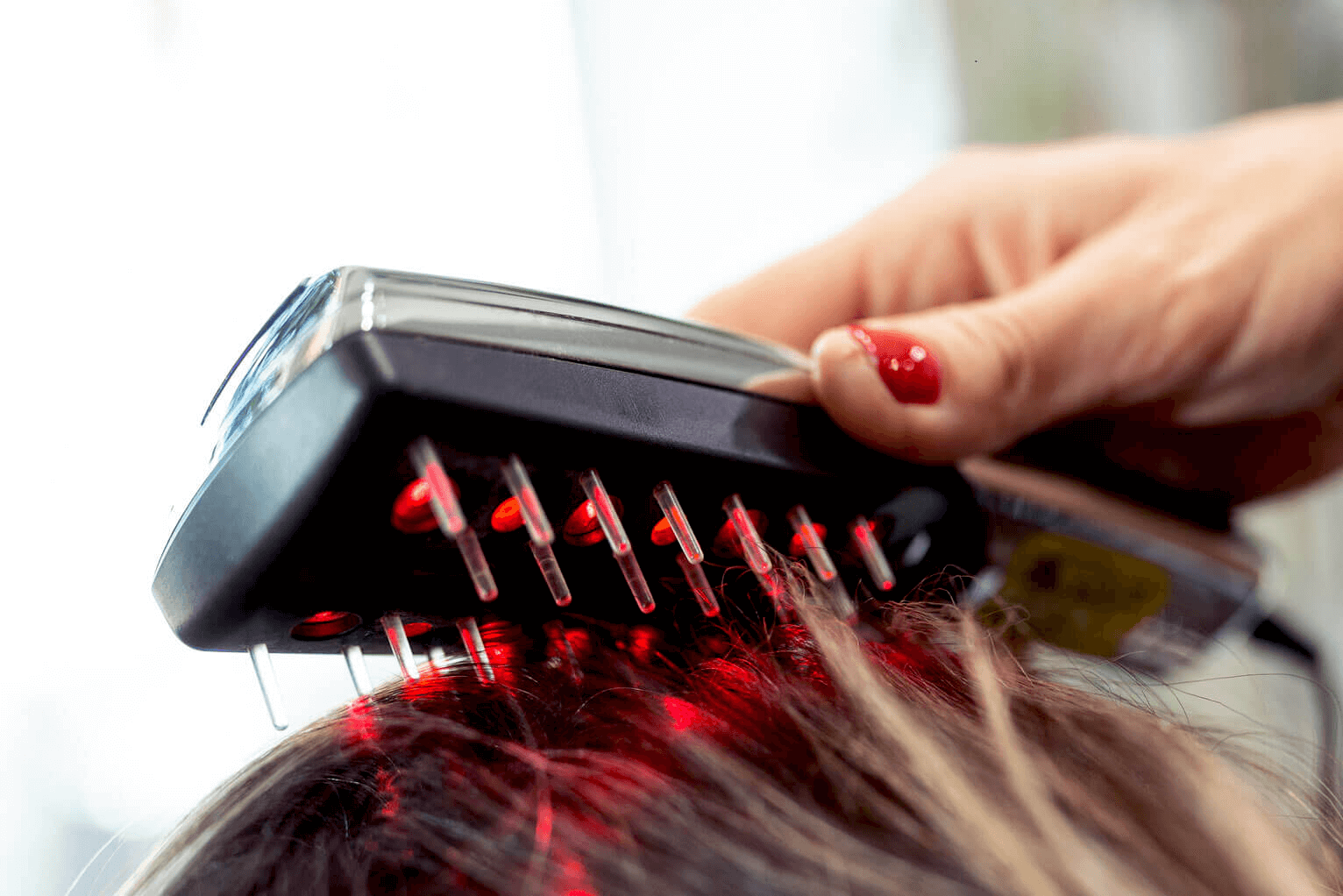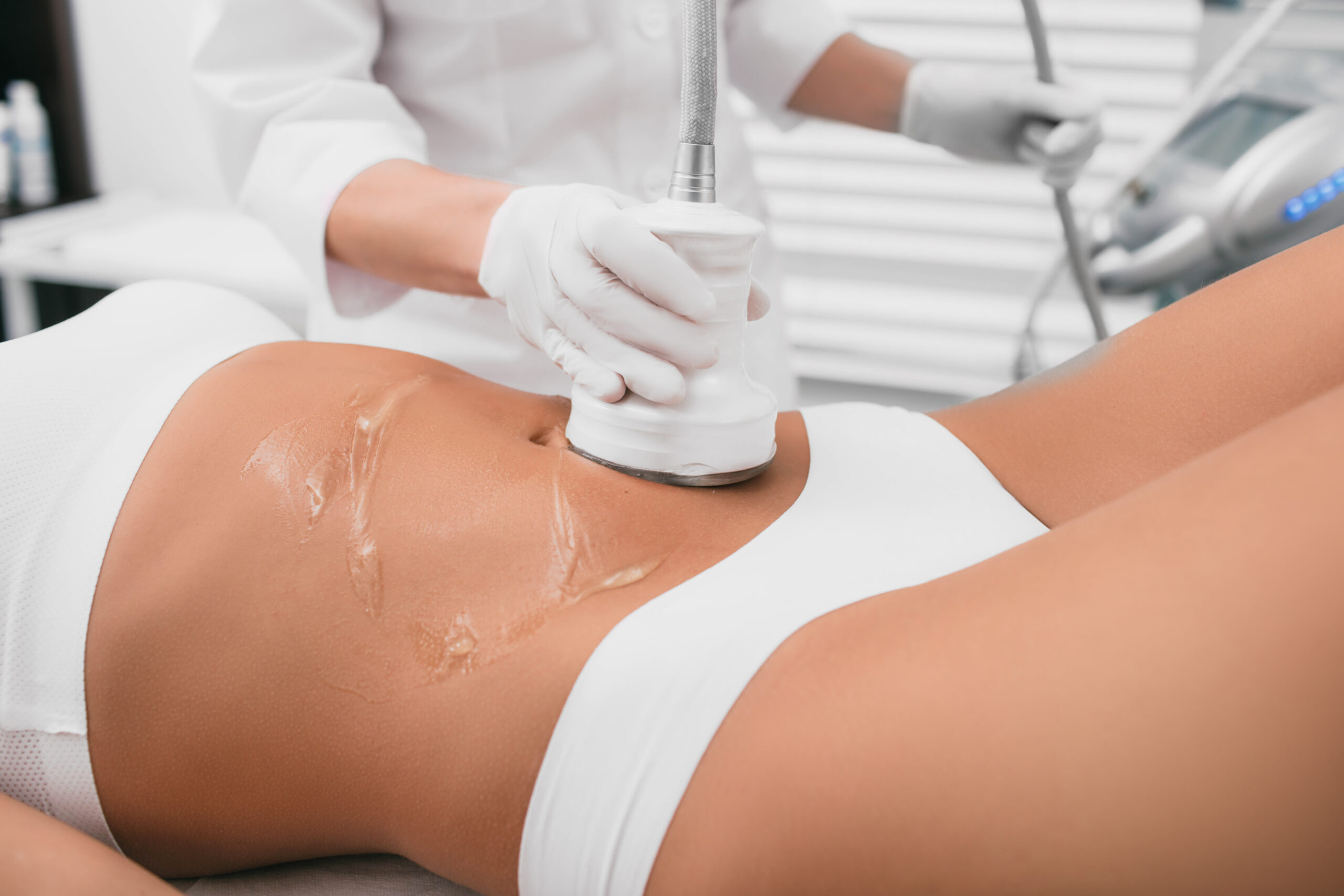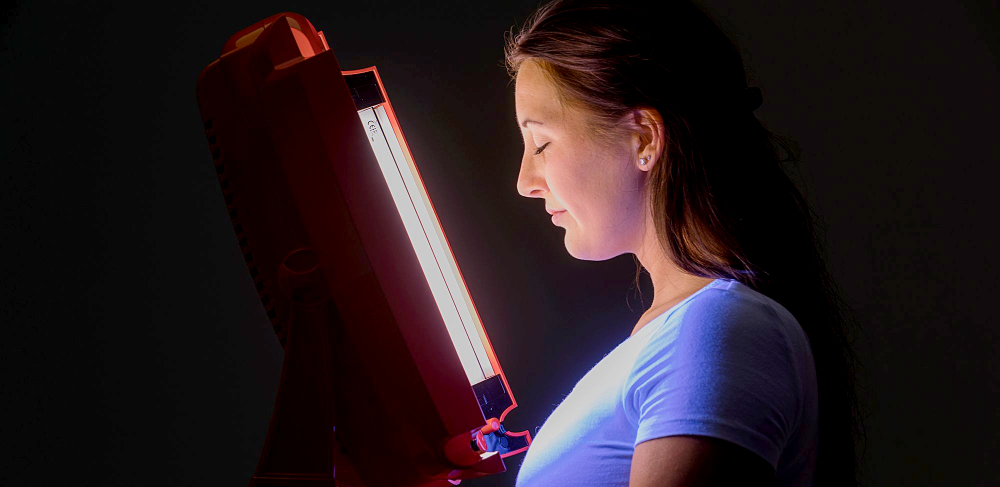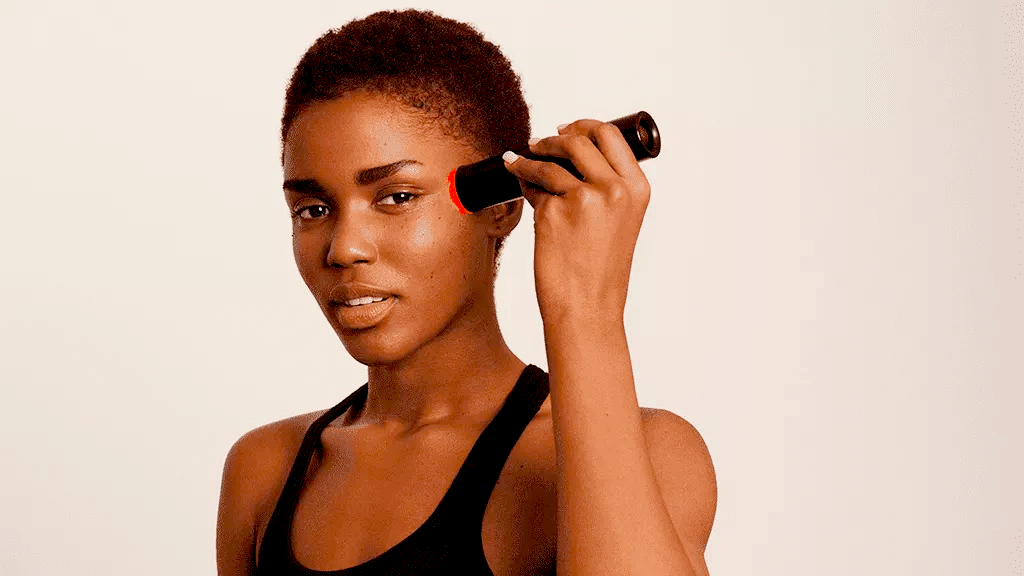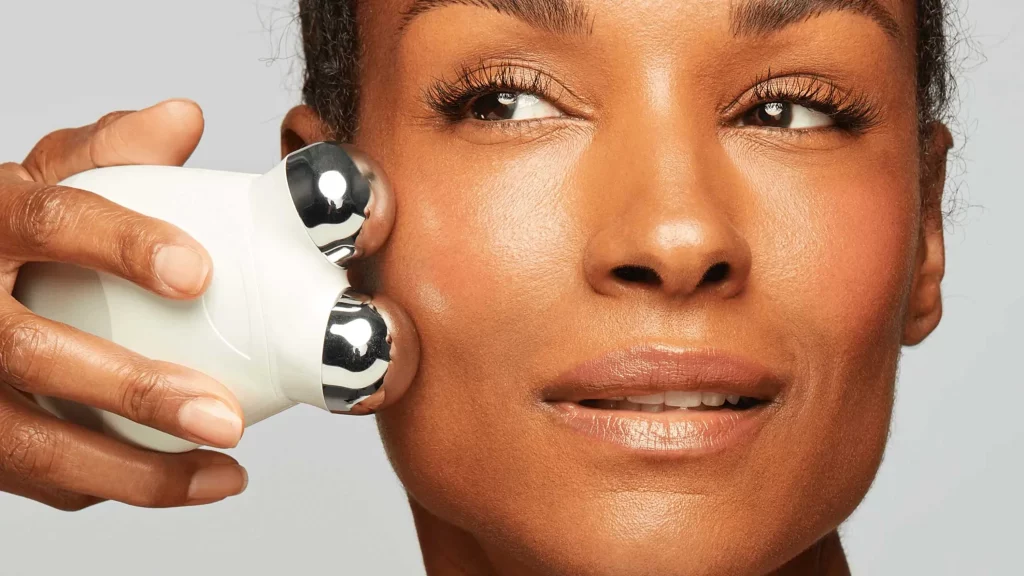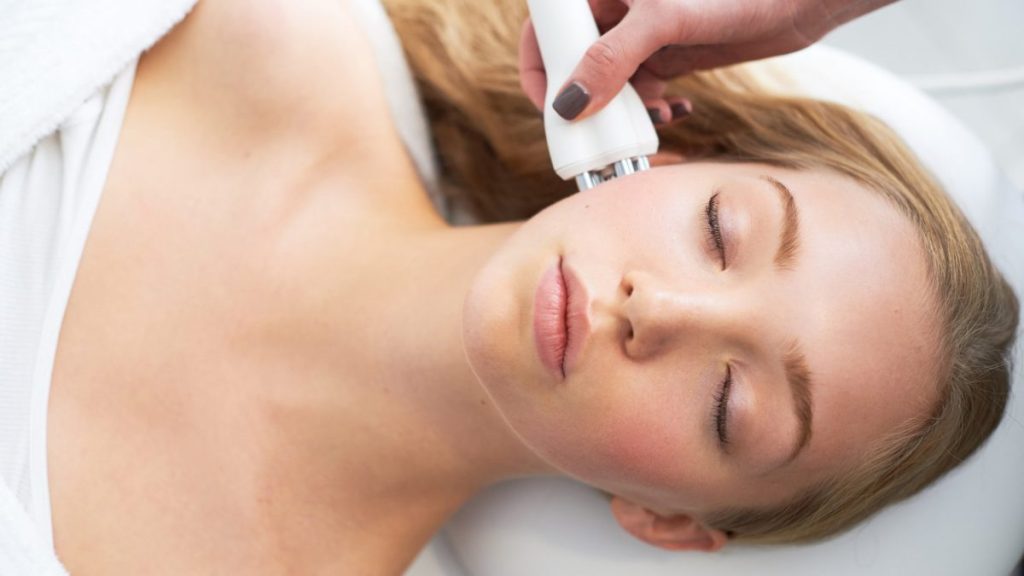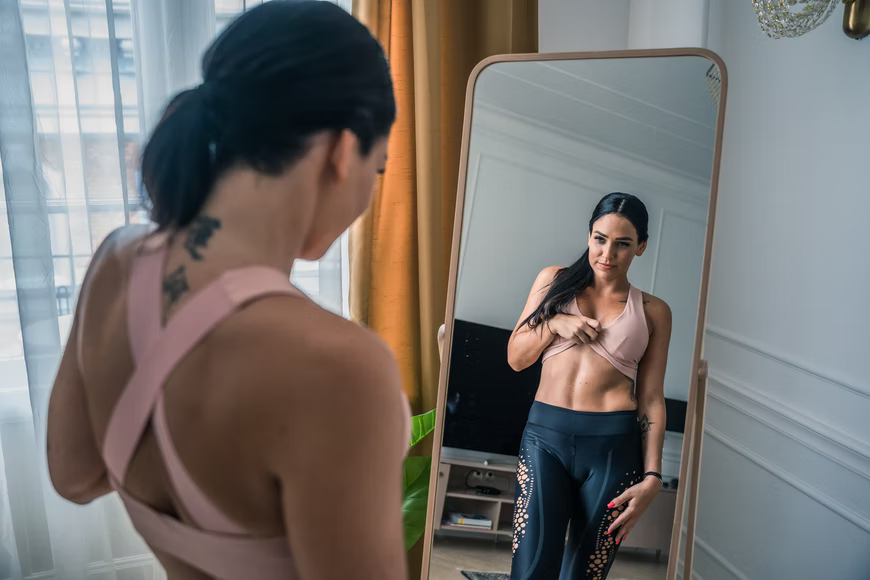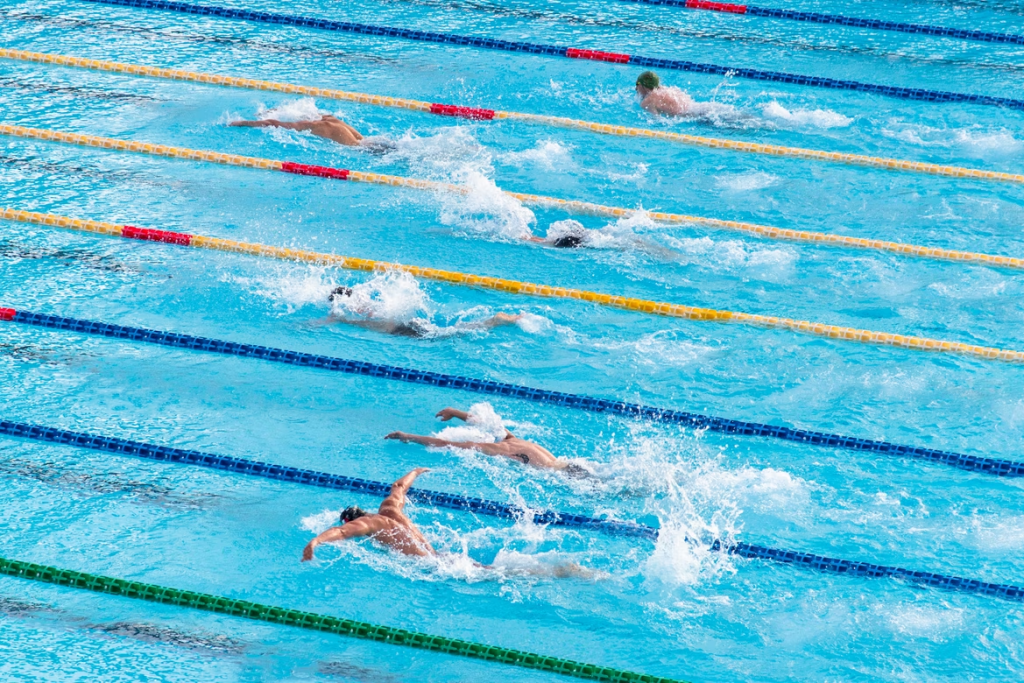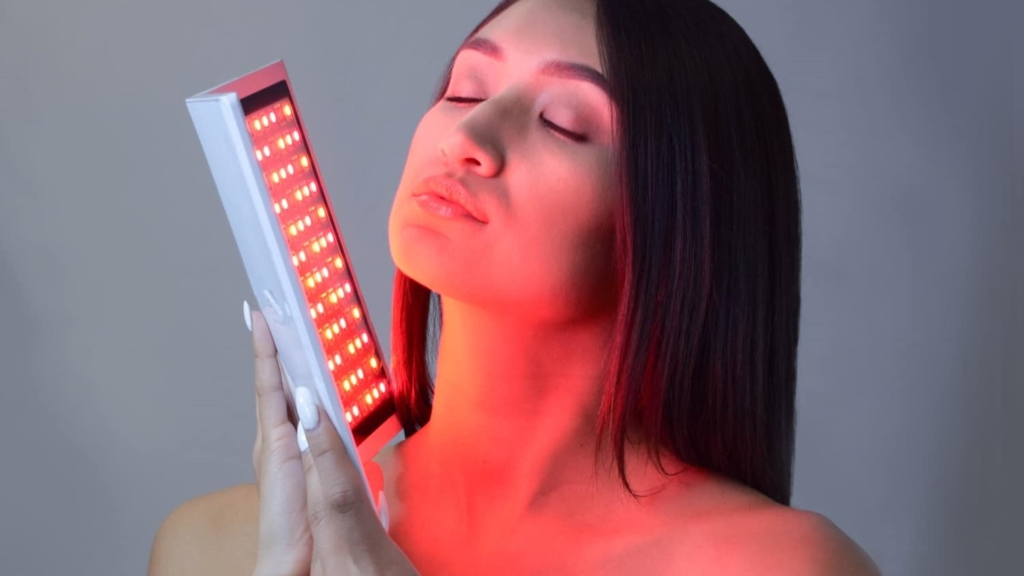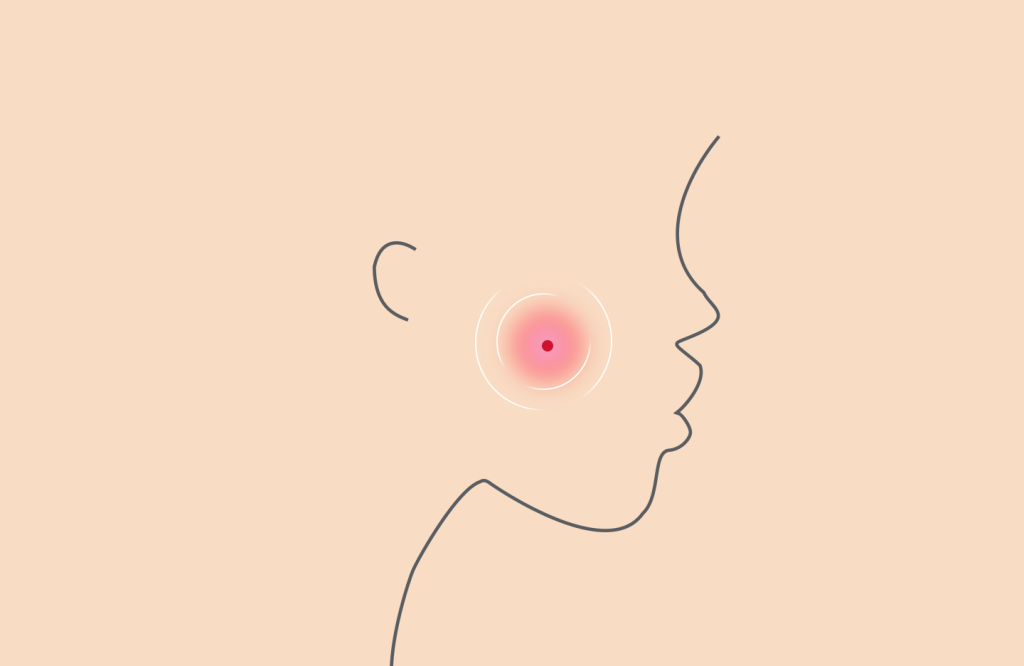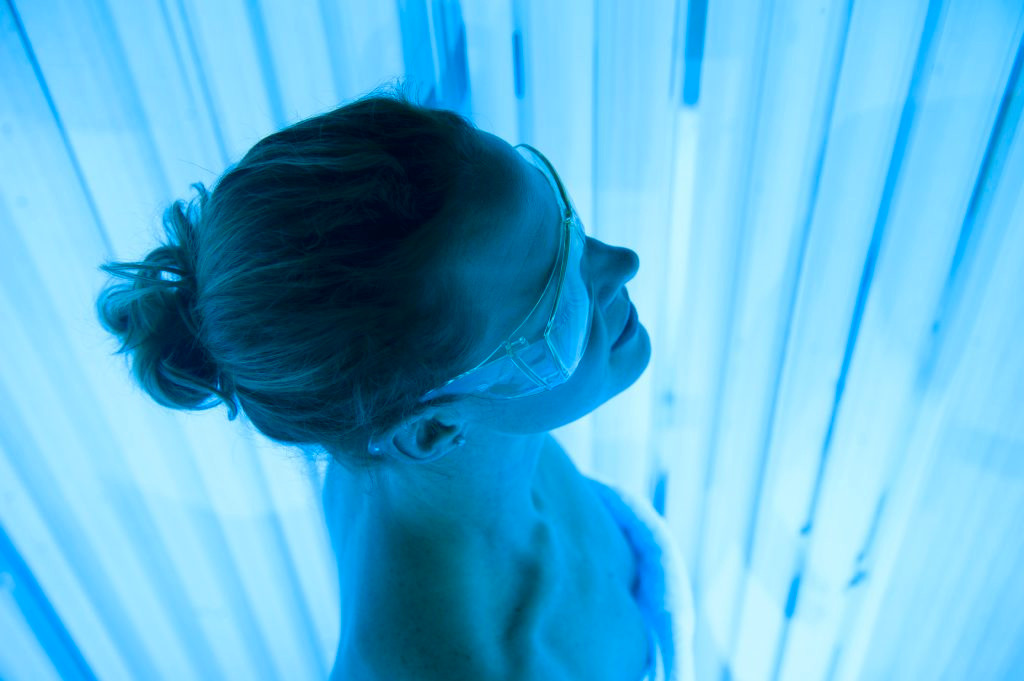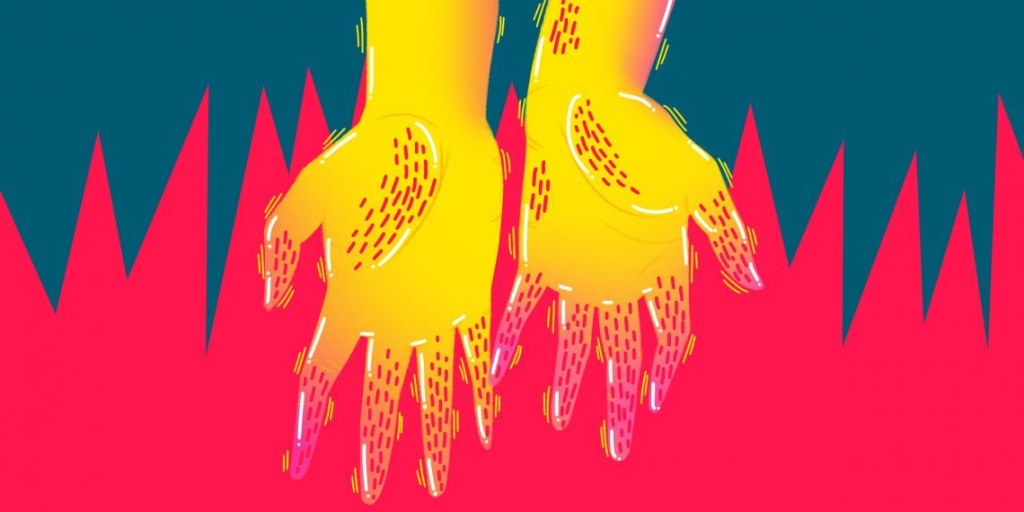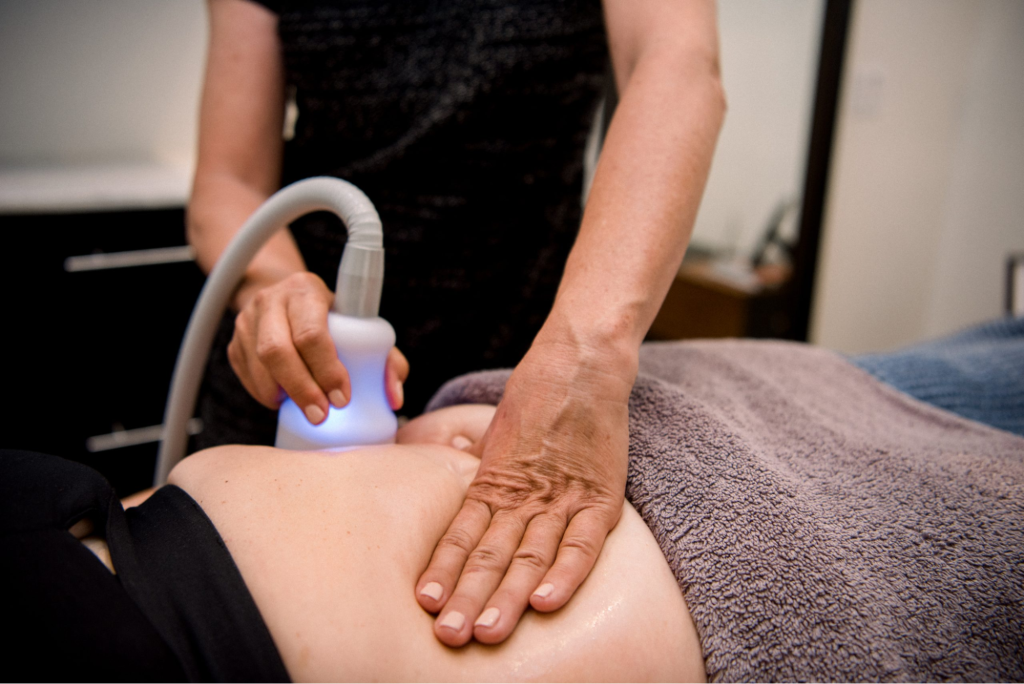Scientific Studies
The sun is a powerful force that has been used by people for centuries to improve their well-being and combat disease. With recent advances in science, we not only use the properties of this natural phenomenon but also create it regardless of time or season – all without relying on just our day jobs!
Popular Posts
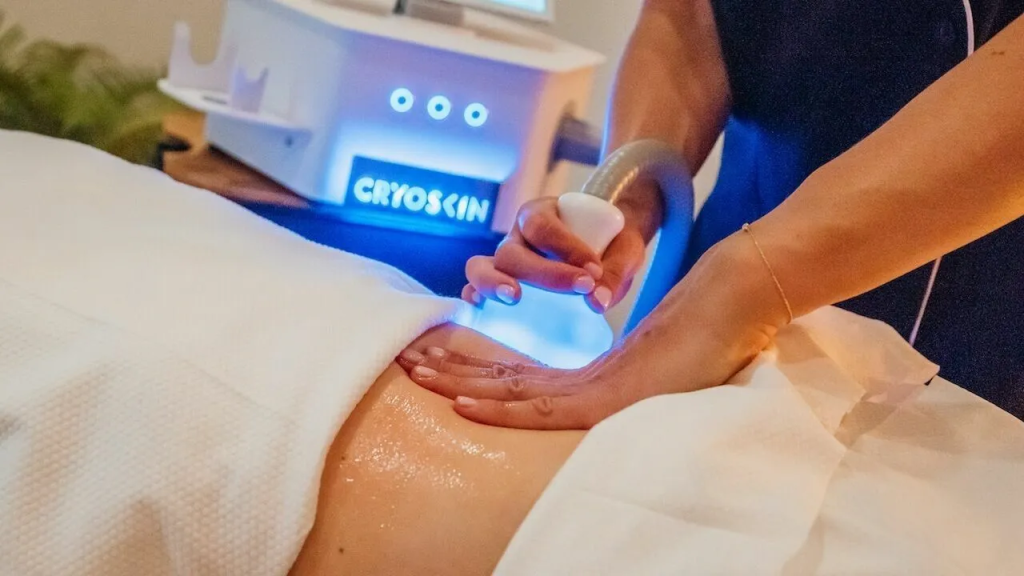
Cryoskin Therapy: Before & After, Pros & Cons, And Clinical Studies
Cryoskin helps thousands to lose fat and tighten the skin. However, is it right for you? A doctor made an ultimate review on CryoSkin and share his insights.
Recent Posts
Top Sunbeam Heating Pads That Provide Instant Pain Relief
Injured your back or recovering from a hard workout at the gym? Heat therapy is just what you need to relieve muscle stress and tension. It is an effective remedy for spasms, joint pain, and back stiffness. In this article,…
3 Best Red Light Therapy Hair Growth Devices That Do Work [2024]
Many people start to panic and take immediate measures to preserve their hair when they see a dozen loose coats on the comb after the subsequent combing. Some take vitamins for hair loss without control, while others try to wash…
Best Ultrasonic Cavitation Machines You Can Have In Your Home
Many people would probably agree it is very frustrating when you kill yourself exercising and cutting deserts and food you most enjoy just to see stubborn pockets of fat refuse to melt no matter how hard you work to get…
5 Best Tanning Lamps – Complete Guide To What They Are And How They Work
Do you like tanning in autumn or winter? You’ve probably heard about people who get a tan in autumn, even though the days are getting shorter, the sun is setting earlier and it’s getting colder outside. Is this possible? There…
Is Skin Tightening Laser Effective at Home? (+ Results)
As we age, our skin begins to lose its elasticity and firmness. This is due to a number of factors, including sun exposure, bad habits, and the natural aging process. If you are looking for a non-surgical way to restore…
FAQs
What is red light therapy?
Light therapy is the effect of light energy of a certain wavelength on tissues to produce a therapeutic effect. Red light therapy (photobiomodulation) consists of red and near-infrared light waves. Light in red and near-infrared waves penetrates deeper into the skin than other light sources in the spectrum.
Light therapy effects on the body
Photobiomodulation is a painless and non-invasive procedure. There will be no sound, no vibration, and no heat.
The light in red light therapy, due to its penetrating ability, penetrates deep into the cells (skin, bones, brain, blood). One of the main mechanisms of the action occurs in the mitochondria (the unit of cellular energy within each cell).
Red and infrared LEDs, non-invasively enter the treated tissues in the form of non-ionizing light energy. This energy is absorbed by the mitochondria and converted directly into an energy-carrying molecule used to support cellular metabolism. That is, photobiomodulation stimulates cellular energy production and also reduces oxidative stress (reduces inflammation).
Effectiveness depends on the application of the correct wavelength and density of light entering the target tissues over an appropriate time. Superficial tissues are usually treated using wavelengths between 600 and 700 nanometers (nm). For deeper penetration, wavelengths between 780 and 950 nm are used [2].
Why need to use red light therapy?
Although red light therapy (RLT), or in other words photobiomodulation (PBM), is a well-studied and documented topic (there are over 121,000 studies on it on PubMed.gov), it has only recently achieved noteworthy status thanks to today’s technological advances.
PBM uses a low-level laser that irradiates tissue with red and near-infrared (NIR) light. The light penetrates deep into the tissue and affects the mitochondria there, increasing the production of adenosine triphosphate (ATP), whose role is to provide energy for numerous biochemical reactions. As a result, it stimulates faster production of collagen, vascular structures, DNA, RNA, and other materials necessary for various processes in the body.
To all this, phototherapy uses non-thermal, non-invasive light to achieve a therapeutic result. This means that it is a painless, drug-free, natural procedure, after which no recovery time is required. Therefore, it has no serious consequences or contraindications.
Due to its effectiveness and safety, photobiomodulation is actively used for various medical and cosmetic purposes.
Noticeable results of PBM efficacy achieved concerning:
- reduction of fine lines, wrinkles, and increased collagen density in the intradermal tissue [1]
- treatment of inflammatory diseases, especially acne [2]
- wound healing and scar prevention [3]
- stimulation of hair growth in both men and women [4, 5]
- aid in weight loss in overweight people [6, 7]
- reducing the appearance of cellulite [8, 9]
- оrelief of pain (lower back pain [10, 11], neuropathy [12, 15, 20], osteoarthritis [13, 14] etc.)
- improvement of sleep and depressed mood [16, 17, 18, 19]
The main application of photobiomodulation is tissue repair, pain, and inflammation relief.
However, it is important to understand that red light therapy is not a one-time treatment. The treatment period is prescribed individually for each case. In some cases, treatment lasts one to three months with several weekly sessions (e.g., for temporary pain relief, wound healing, or seasonal mood disorders), and in some cases, continuous maintenance therapy may be needed to maintain results (e.g., to combat wrinkles or chronic pain).
Sources
[1] Alexander Wunsch and Karsten Matuschka.Photomedicine and Laser Surgery.Feb 2014.93-100.
